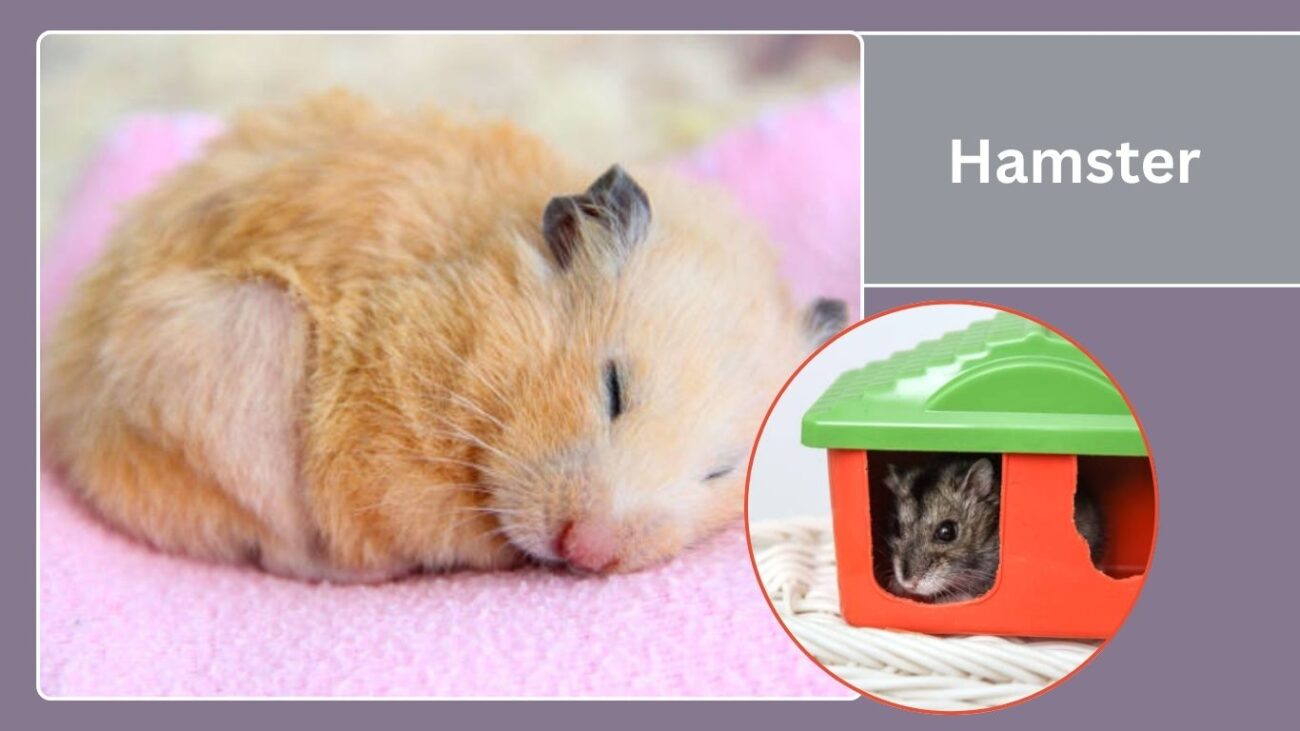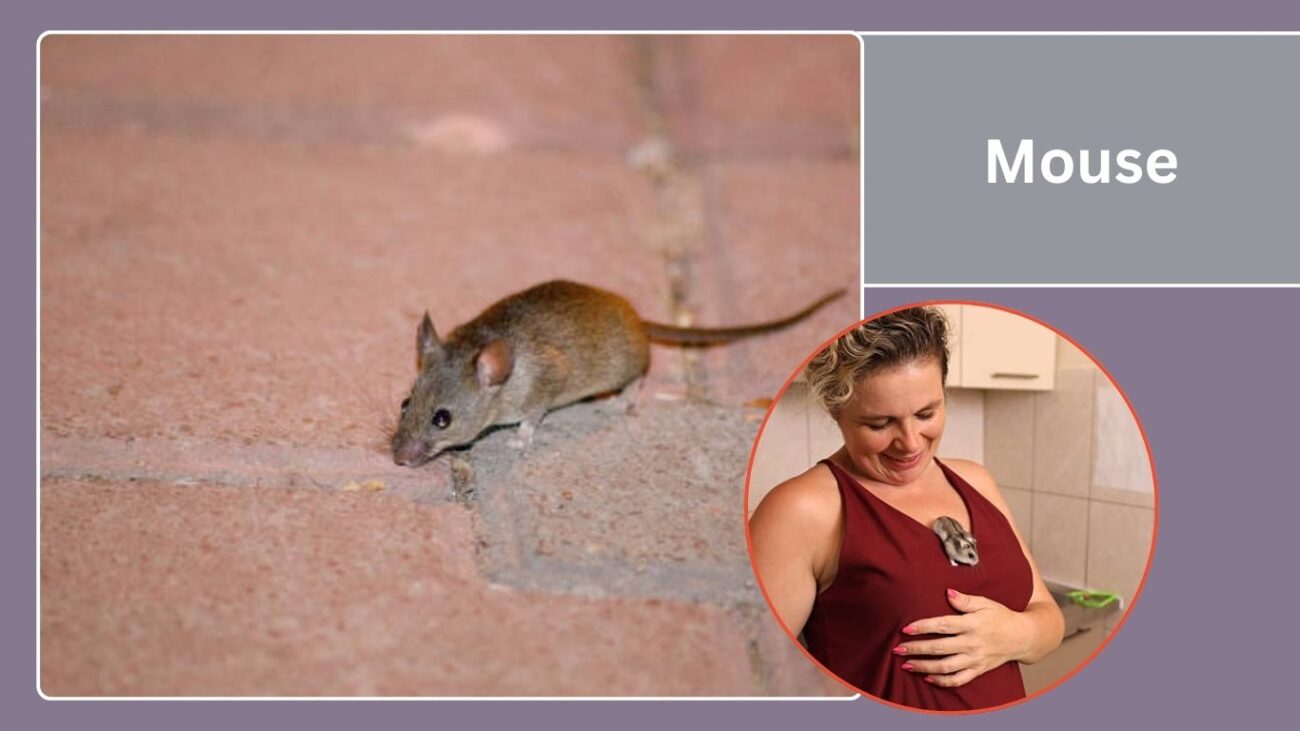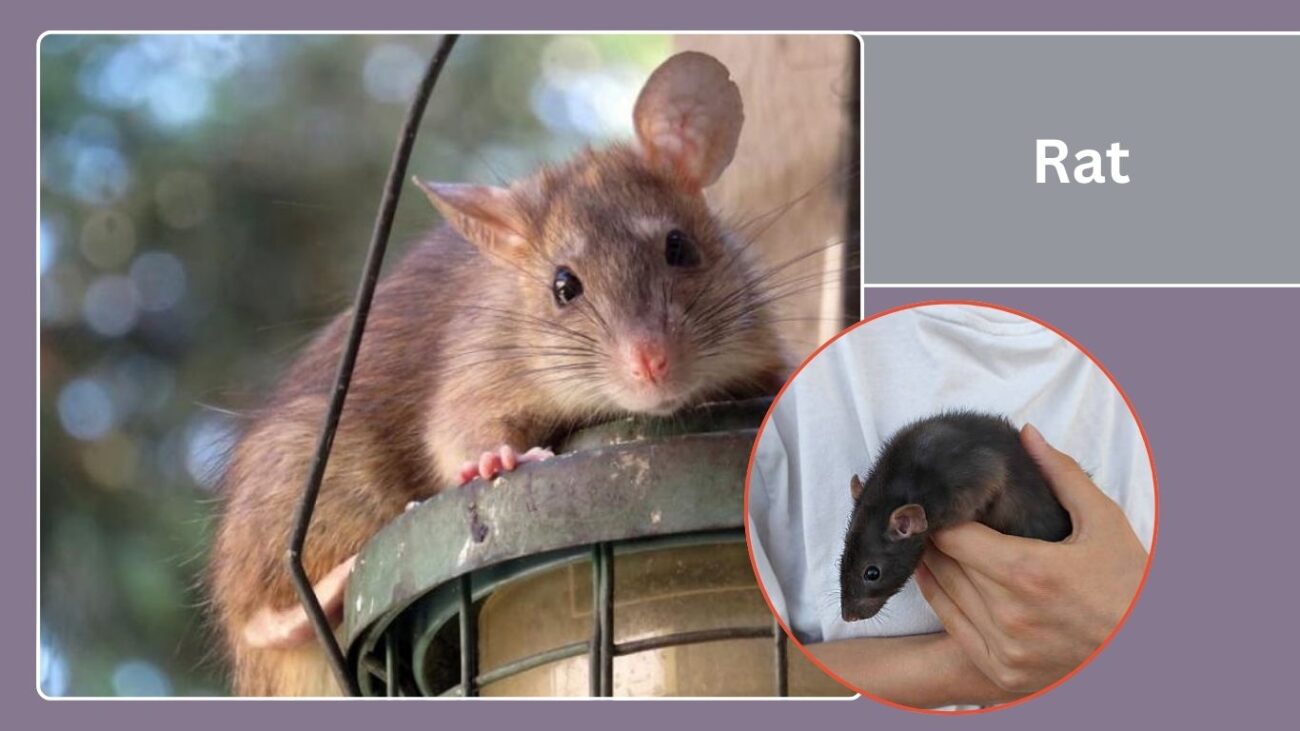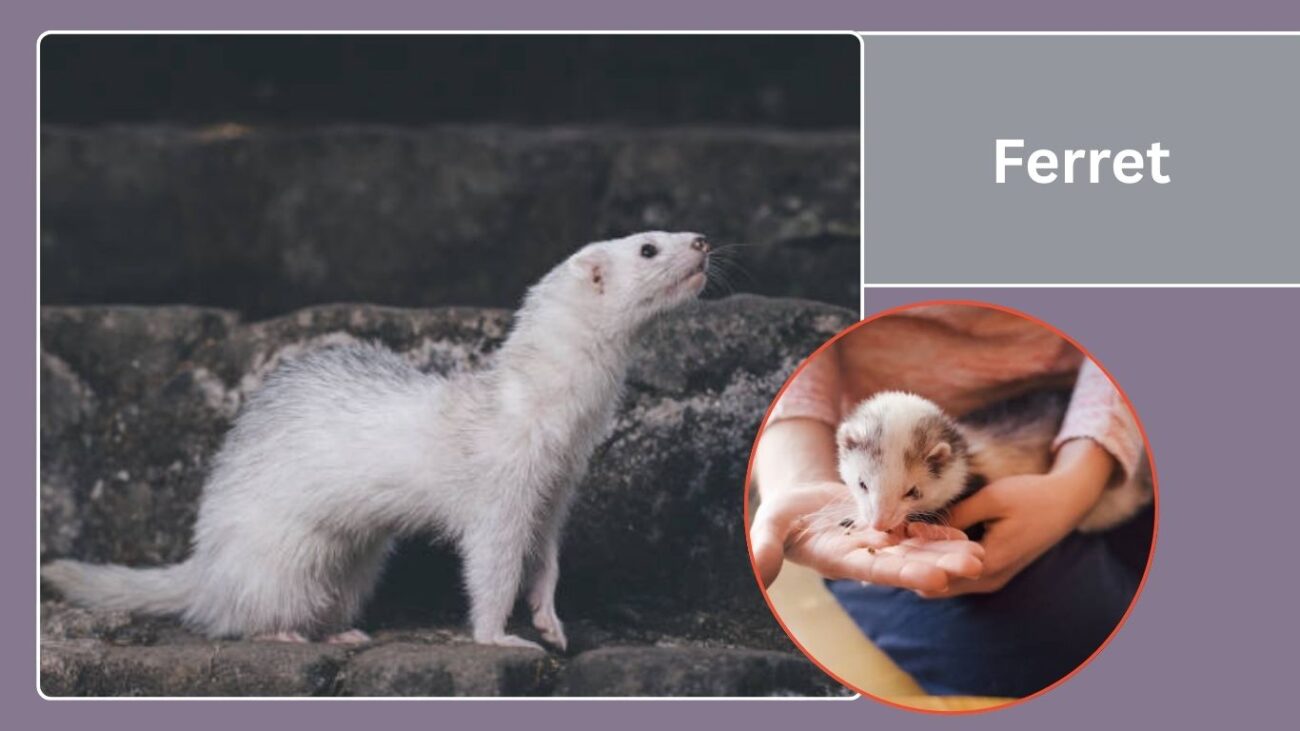Looking for a low-space, low-noise companion? This guide highlights ten small pets—hamster, gerbil, guinea pig, rabbit, mouse, rat, chinchilla, ferret, hedgehog, and budgerigar—each with a quick overview, identification tips, temperament notes, care needs, and diet basics. Whether you’re a first-time owner or downsizing to apartment living, use these bite-size profiles to match a pet’s activity level, handling needs, and habitat requirements with your time, budget, and lifestyle for a happy, healthy partnership.
Hamster
Compact, quiet, and irresistibly cute, hamsters are popular starter pets for small spaces. They’re mostly nocturnal, enjoy burrowing, and need gentle, patient handling. With a proper habitat (deep bedding, a safe wheel, and chew items) and a balanced diet, they’re low-odor and relatively easy to care for. Syrians are best kept solo, while some dwarf species may cohabit with care.
Identification
- Size: ~5–7 in (Syrian); ~2–4 in (dwarf species)
- Body: stout frame with expandable cheek pouches
- Fur: short or long; colors include golden, cream, grey, black, piebald
- Tail: very short, barely visible
- Ears/Eyes: rounded ears; large dark eyes
- Gait: quick, low to the ground; excellent diggers and burrowers
Temperament & Behavior
Generally curious but easily startled, especially when woken. Most active at dusk and night. Syrians are solitary and can be territorial; handle one at a time. Dwarfs can be more social but still require careful introductions and monitoring.
Care Needs
Provide at least 4–6 inches of diggable bedding (more is better), a solid-surface exercise wheel (≈8–12 in for Syrians; smaller for dwarfs), hideouts, tunnels, and safe chew toys for dental health. Spot-clean daily and refresh bedding regularly.
Diet
High-quality hamster mix or pellets as a base, supplemented with small amounts of fresh vegetables and occasional protein (e.g., boiled egg, mealworms). Avoid sticky/sugary treats. Fresh water must be available at all times.
Housing
A secure, well-ventilated enclosure with ample floor space (bigger is better). Avoid wire floors; solid bases prevent foot injuries. Keep the habitat in a quiet, stable-temperature room away from direct sun and drafts.
Health & Lifespan
Average lifespan is 2–3 years. Watch for signs like lethargy, diarrhea (“wet tail”), respiratory noises, hair loss, or overgrown teeth. Provide a chew source and seek a small-animal vet if any concern arises.
Handling Tips
Let your hamster wake naturally, offer a hand to sniff, and scoop gently with cupped hands. Keep handling sessions short and calm to build trust.
2. Gerbil
Active, curious, and clean, gerbils make engaging small pets for people who enjoy watching natural digging behavior. They thrive in pairs or same-sex groups, need deep bedding for tunnels, and are typically gentle when properly socialized.
Identification
- Size: ~4–5 in body; tail adds ~3–4 in
- Body: slim, athletic; strong hind legs for hopping
- Tail: long, furred with a tuft at the tip
- Ears/Eyes: medium ears; large, alert eyes
- Movement: fast, inquisitive; frequent digging and chewing
Temperament & Behavior
Social and playful; best kept in bonded pairs. Most active at dusk/daytime compared to hamsters. Generally less nippy when handled calmly.
Care Needs
Provide a secure tank-style habitat with a mesh lid, 6–10+ inches of diggable bedding, a solid wheel (~8–10 in), cardboard to shred, and wooden chews. Spot-clean often.
Diet
Quality gerbil mix or pellets, unlimited hay for enrichment, and small amounts of fresh veg. Fresh water always available.
3. Guinea Pig
Gentle, vocal, and very social, guinea pigs are wonderful companions that flourish with daily interaction. They require roomy housing, constant hay for dental/ digestive health, and a reliable vitamin C source.
Identification
- Size: ~8–12 in; 700–1,200 g average
- Body: sturdy, barrel-shaped; no visible tail
- Fur: smooth, long, or rosette (Abyssinian); many color patterns
- Ears/Eyes: rounded ears; bright, expressive eyes
- Sounds: “wheek,” “purr,” and “chut” vocalizations
Temperament & Behavior
Calm and friendly; prefer living in pairs or groups. Enjoy floor time and human interaction; rarely bite when handled gently.
Care Needs
Large enclosure with soft bedding (paper/fleece), hideouts, and daily floor time. Keep habitat clean and dry; trim nails regularly.
Diet
Unlimited timothy (or grass) hay, measured guinea pig pellets with vitamin C, and daily leafy greens (e.g., romaine, cilantro, bell pepper). Avoid iceberg lettuce and sugary treats. Fresh water at all times.
4. Rabbit
Affectionate, intelligent, and quiet, rabbits bond closely with caregivers and can be litter-trained. They need ample space to hop, daily social time, and a hay-based diet to keep teeth and digestion healthy.
Identification
- Size: small to medium (varies by breed)
- Body: compact to semi-arched; powerful hind legs
- Ears: upright or lop (downward) depending on breed
- Tail: short “cotton” tail
- Fur: short/long; many colors and patterns
- Teeth: continuously growing incisors and molars
Temperament & Behavior
Social, curious, and playful; enjoy gentle handling and interactive toys. Can bond in pairs (neutered/spayed). May thump when alarmed.
Care Needs
Large x-pen or roomy enclosure with daily free-roam time, litter box with paper pellets, hideouts, chew toys, and safe tunnels. Regular grooming for long-hair breeds.
Diet
Unlimited grass hay (timothy/orchard), measured high-fiber pellets, and daily leafy greens (e.g., romaine, cilantro). Limited treats (carrot/fruit). Fresh water always.
5. Mouse
Tiny, active, and entertaining to watch, mice are best observed in thoughtfully enriched habitats. They’re fast and delicate, suited to gentle, minimal handling and consistent routines.
Identification
- Size: ~2.5–4 in body; tail often as long as body
- Body: petite, agile; pointed muzzle
- Ears/Eyes: large ears; bright, beady eyes
- Tail: long, slender, sparsely furred
- Fur: short; colors include white, agouti, black, pied
Temperament & Behavior
Lively, nocturnal/crepuscular, and social—do best in same-sex groups (especially females). Can be hand-tamed with patient, calm interactions.
Care Needs
Secure tank/cage with fine bar spacing, deep bedding for burrowing, nesting material, hideouts, climbing structures, and a solid wheel (~6–8 in). Spot-clean frequently.
Diet
Quality mouse/rodent lab blocks or pellets, small portions of fresh veg, and occasional protein treats. Constant access to fresh water.
6. Rat
Highly intelligent, affectionate, and trainable, rats make excellent companion pets. They thrive in same-sex pairs or groups, love climbing and puzzles, and bond closely with caregivers.
Identification
- Size: ~9–11 in body; tail similar length
- Body: sturdy, athletic; blunt muzzle
- Fur: smooth/rex/hairless varieties; many colors
- Tail: long, cylindrical, lightly scaled
- Ears/Eyes: rounded ears; bright, curious eyes
- Whiskers: long, sensitive vibrissae
Temperament & Behavior
Social, gentle, and people-oriented; enjoy interactive play and learning tricks. Crepuscular/nocturnal but adapt to household routines.
Care Needs
Spacious multi-level cage with solid platforms, tight bar spacing (~0.5 in), hammocks, tunnels, chew toys, and daily out-of-cage time. Spot-clean often and provide safe chew options.
Diet
High-quality lab blocks/pellets as the base, daily fresh vegetables, occasional lean protein/fruit treats. Fresh water available at all times.
7. Chinchilla
Soft-furred and energetic, chinchillas are gentle but sensitive small pets. They need cool temperatures, regular dust baths, and plenty of vertical space for jumping.
Identification
- Size: ~9–15 in body; tail ~3–6 in
- Body: compact with powerful hind legs
- Fur: extremely dense and plush; gray, beige, black, white
- Tail: bushy, tapered
- Ears/Eyes: large ears; big, alert eyes
Temperament & Behavior
Shy but sweet; prefer calm handling and consistent routines. Crepuscular/nocturnal, superb jumpers, and easily stressed by heat or rough handling.
Care Needs
Large, tall enclosure with shelves/ledges, hideouts, safe wood chews, and dust baths 2–4× weekly. Keep ambient temperature cool (ideally 10–24 °C) and well-ventilated.
Diet
Unlimited timothy (or grass) hay, chinchilla-specific pellets, and occasional dried herbs/flowers. Avoid sugary/fatty treats; fresh water always.
8. Ferret
Playful, clever, and endlessly curious, ferrets are high-energy companions that love tunneling, exploring, and interactive play. They need daily out-of-cage time, ferret-proofed spaces, and consistent handling to thrive.
Identification
- Size: ~13–16 in body; tail ~5–7 in
- Body: elongated, flexible; short legs
- Fur: sable, albino, cinnamon, black; seasonal shedding
- Ears/Eyes: small rounded ears; bright, alert eyes
- Scent: mild musky odor (reduced if neutered/spayed)
- Gait: bounding, slinky “weasel war dance”
Temperament & Behavior
Social, mischievous, and affectionate; enjoy human interaction and can cohabit in pairs/groups. Sleep 14–18 hours/day but are very active when awake.
Care Needs
Large multi-level cage with hammocks, tunnels, toys, and litter areas; daily supervised free-roam. Ferret-proof to prevent escapes and chewing hazards. Regular nail trims and ear cleaning.
Diet
High-protein, high-fat ferret-specific kibble or quality kitten food; occasional raw/meaty treats if guided by a vet. Fresh water available at all times.
9. Hedgehog
Quiet, solitary, and shy, hedgehogs are best for gentle caregivers who enjoy low-key observation. They need warm, stable temperatures and smooth, stress-free handling.
Identification
- Size: ~6–9 in; 250–600 g
- Body: compact with protective spines (quills) on back
- Face/Belly: soft fur; pointed snout
- Ears/Eyes: small ears; dark, bead-like eyes
- Feet: small with curved claws for digging
- Defense: curls into a ball; may “huff” when nervous
Temperament & Behavior
Mostly nocturnal; can be timid but tame with patient, regular handling. Prefer solitary housing; enrichment reduces stress.
Care Needs
Roomy enclosure with solid flooring, warm ambient temp (~24–27 °C), deep bedding, hideouts, a solid exercise wheel (~10–12 in), and gentle spot-cleaning. Avoid wire floors.
Diet
High-quality insectivore/hedgehog kibble supplemented with insects (mealworms, crickets) and small portions of veg. Limit fruits/treats; fresh water always.
10. Budgerigar
Small, bright, and talkative, budgies (parakeets) are friendly companion birds that thrive on daily interaction. They learn simple words and whistles, enjoy toys and climbing, and do well solo (with lots of attention) or in pairs. With a balanced diet and a roomy cage, they’re relatively easy for beginners.
Identification
- Size: ~7 in (18 cm) from head to tail
- Body: slender with long, tapered tail feathers
- Plumage: green/yellow wild type; many captive color morphs (blue, white, lutino)
- Cere: fleshy area above beak (blue in adult males; tan/brown in many adult females)
- Beak: small, curved; zygodactyl feet (two toes forward, two back)
- Markings: black barring on head/neck (reduced in some varieties)
Temperament & Behavior
Social, curious, and vocal; can mimic words and whistles with regular training. Prefer gentle, daily interaction; pairs may bond more to each other than to people.
Care Needs
Spacious horizontal-bar cage for climbing, multiple perches of varied diameters, swings, mirrors (use sparingly), foraging toys, and daily out-of-cage flight time in a safe room. Keep drafts and fumes away.
Diet
High-quality pelleted base plus varied leafy greens, vegetables, limited seeds, and occasional fruit. Fresh water daily; cuttlebone/mineral block for beak/calcium.
Housing
Minimum cage size ~18×18×24 in for one budgie (bigger is better); place in a bright, quiet area with a consistent day–night cycle. Clean food/water dishes and spot-clean daily.
Health & Lifespan
Typical lifespan 7–12 years (sometimes longer). Watch for fluffed feathers, tail bobbing, discharge, lethargy, or changes in droppings. Provide avian-vet checkups.











